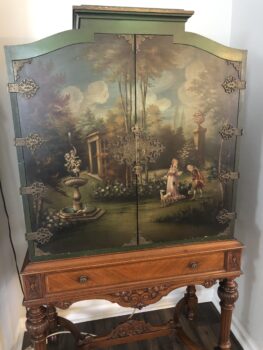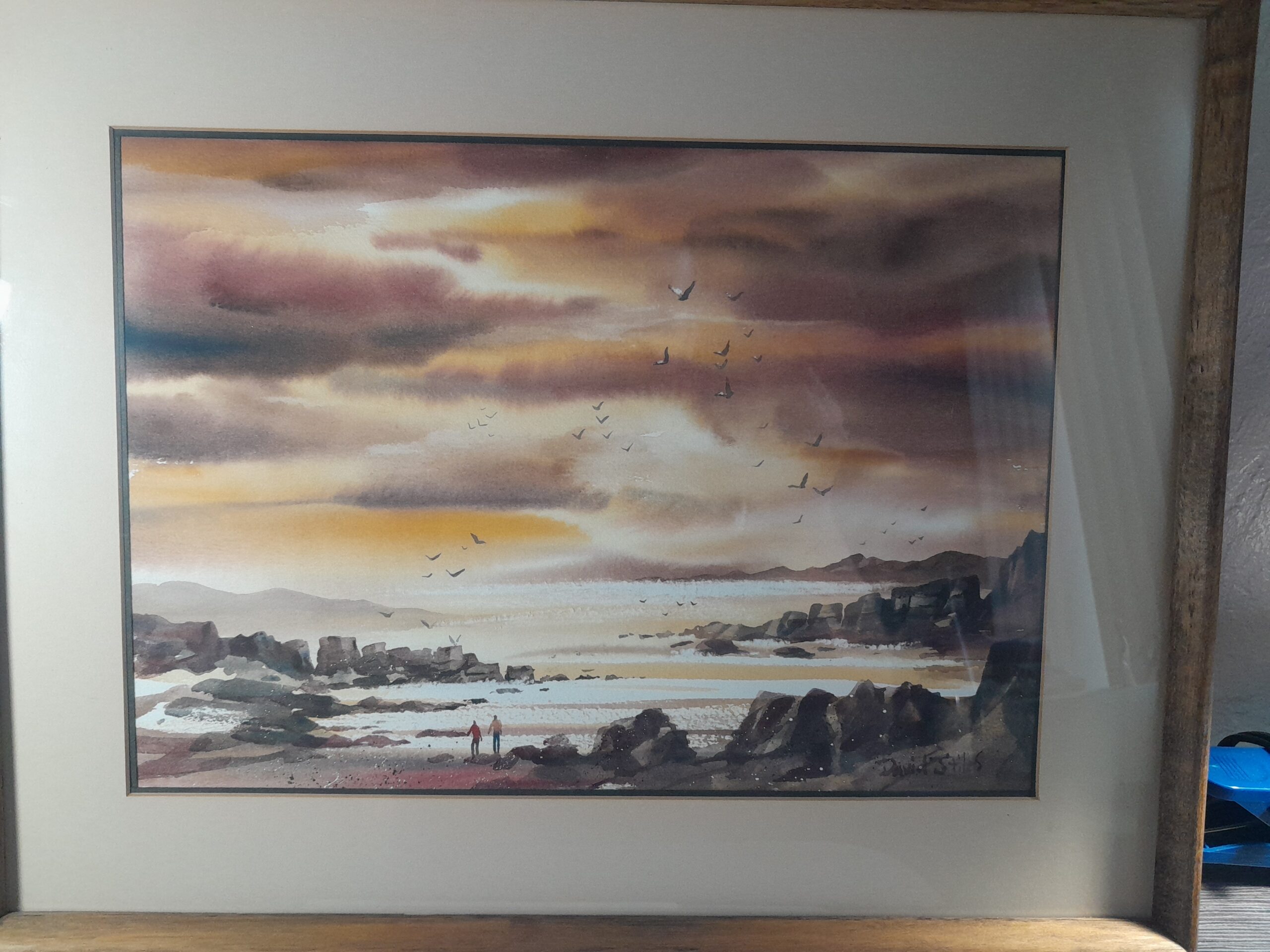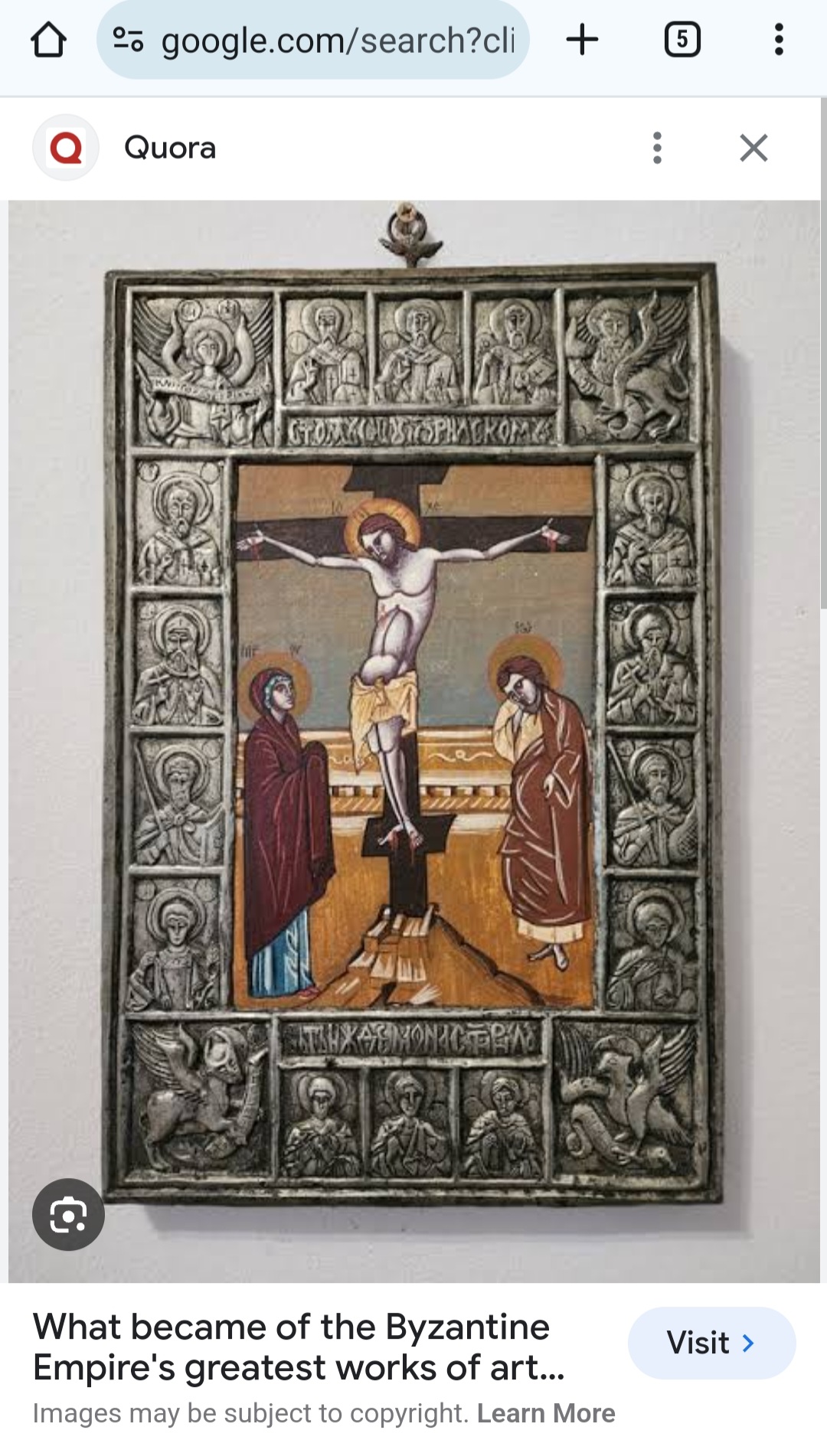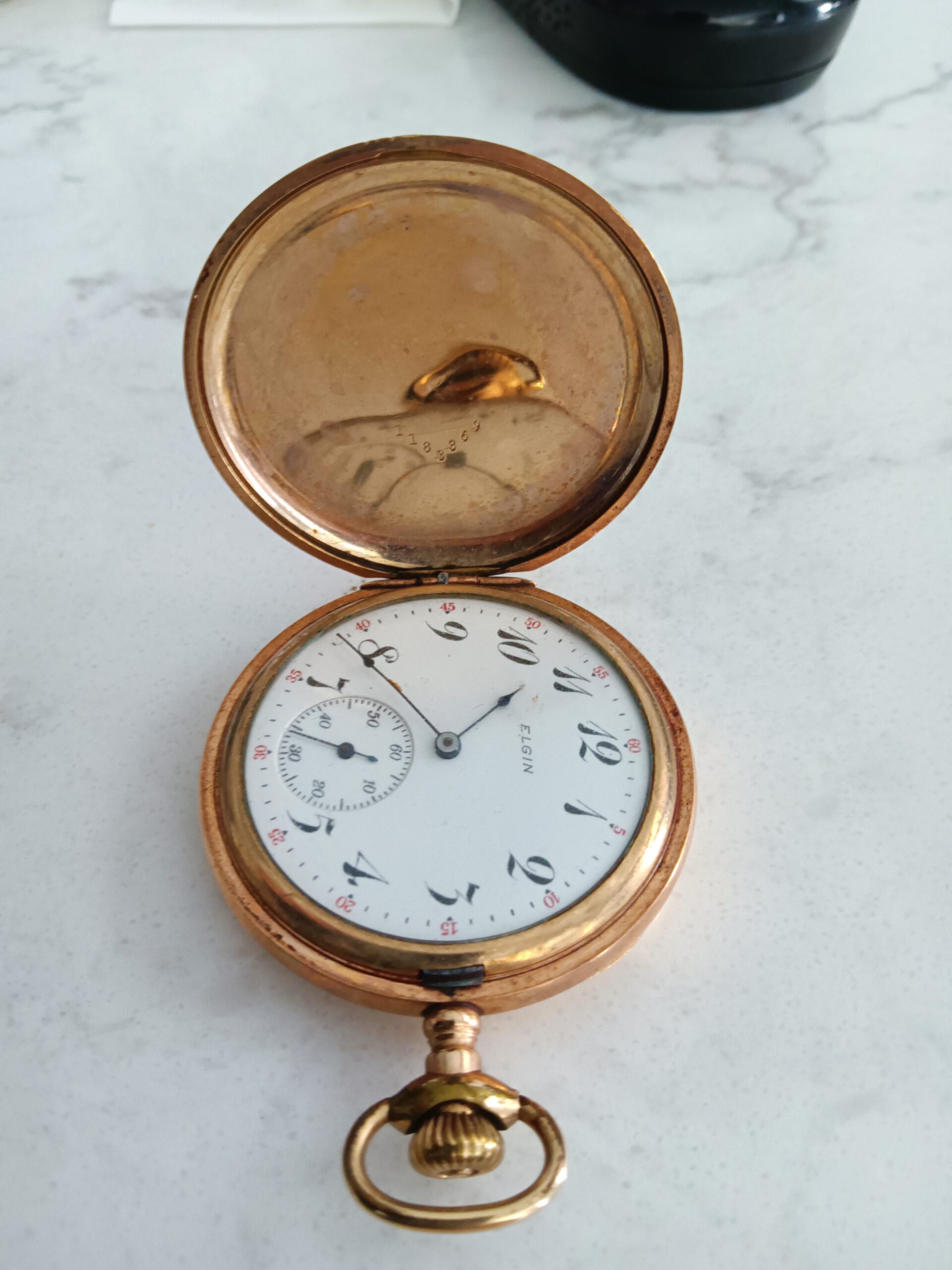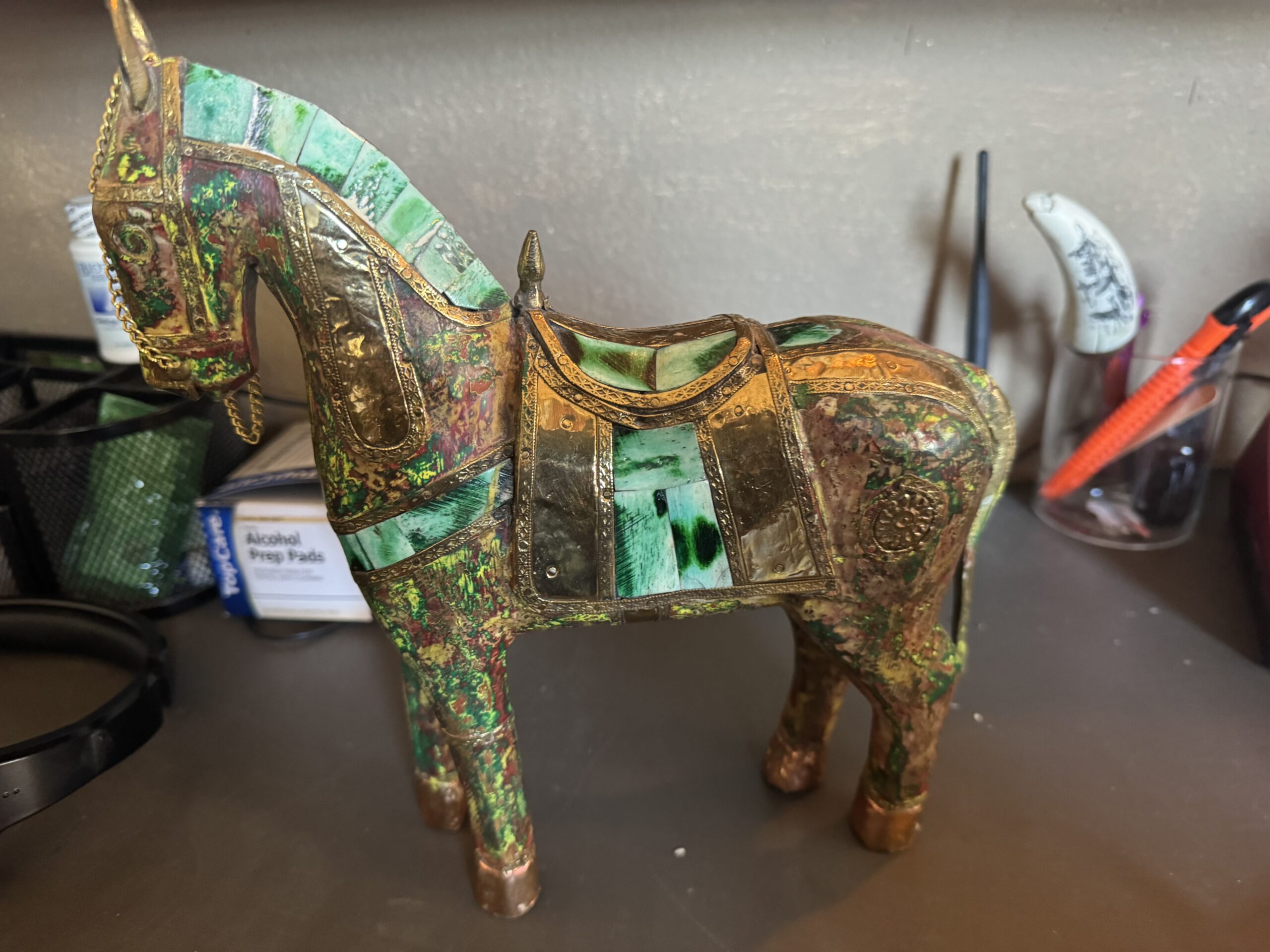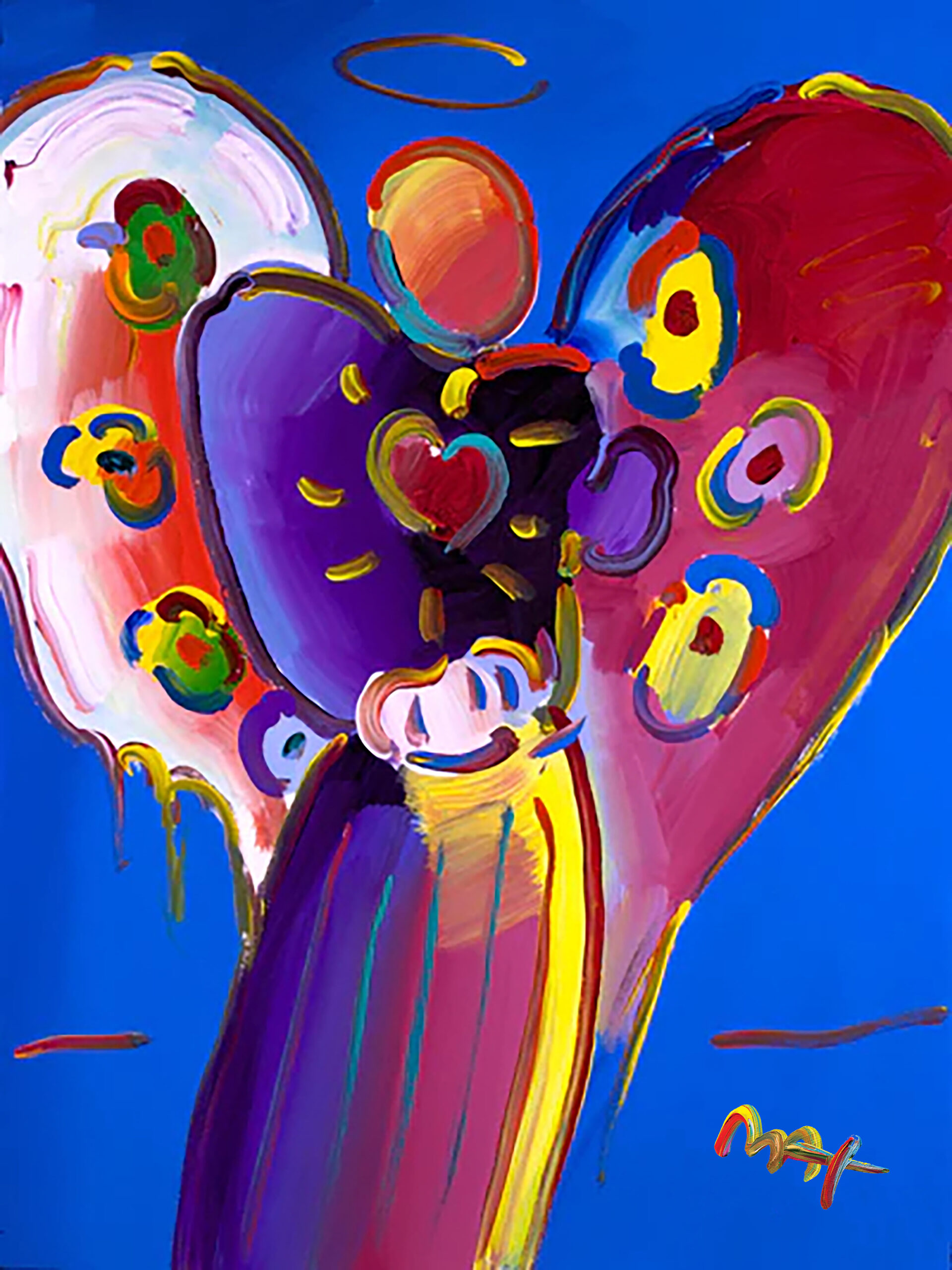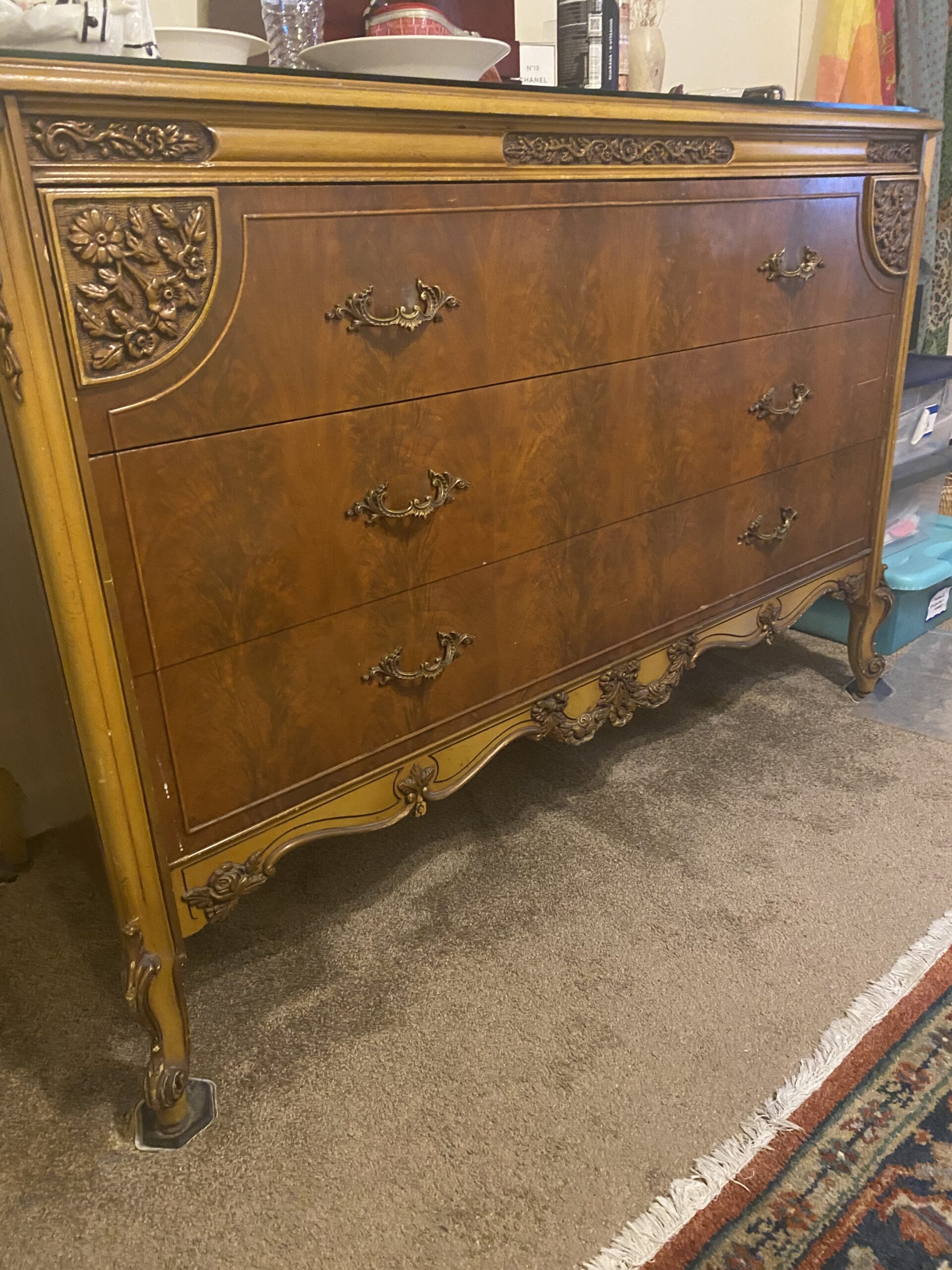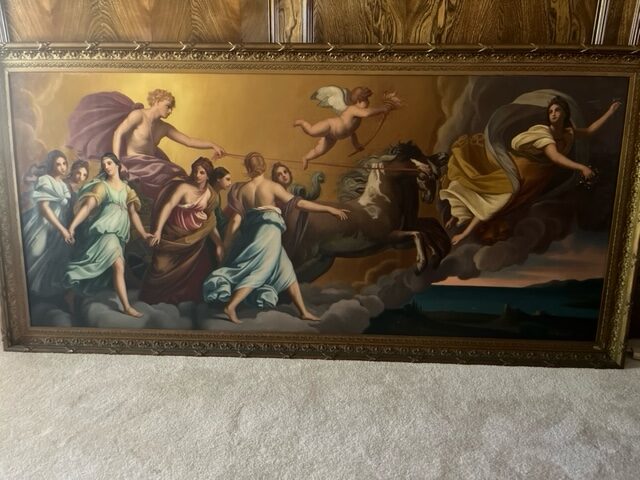Antique Berkey & Gay Furniture Hand Painted Colonial Revival Court China Cabinet
This is a professional appraisal report for provided upon request. It contains a detailed description and evaluation of your . This document also includes information about how to sell your item and about the valuation method we’ve used. Keep in mind that the appraisal value is only applicable to this particular unit and should NOT be understood as a general valuation of . It is very important to understand this, as values can range from 100 to 100K depending on subtle details.
This report is designed to give you an appraisal value for the you own, whether it is furniture, china, glassware, or other types of antique or collectible items. The information provided will help you to understand your piece and its value. It also provides an appraisal value in US dollars, as well as how to sell it. This report is not intended to encourage you to sell your antique; rather it aims to provide information on your antique’s value so that you know what steps to take if you do wish to sell.
Description and history
Antique Berkey & Gay Furniture Hand Painted Colonial Revival Court China Cabinet
Identification
A Chinoiserie Cabinet is a type of furniture that originated in Europe during the late 17th century, when Westerners had an affinity for everything Chinese. With intricate hand carvings made from exotic woods and bright colors, these cabinets were built to impress anyone who saw them. They often featured detailed images of oriental scenery or figures, with curved sides and finishes touched off by lacquering, gilding and other decorations. Chinoiserie Cabinets are now in high demand on the antiques market because they can serve as a stately centerpiece in any room of the house. Whether used in a traditional space or to add a modern twist to a rustic vibe, Chinoiserie Cabinets make incredible statement pieces that will remain timeless pieces of artwork that not only boost aesthetic value but also carry their own stories throughout history.
Provenance
This stunning Chinoiserie Cabinet was created in the early twentieth century by the makers Berkey & Gay Furniture. The cabinet is made from polished oak wood and detailed with intricate Chinese-inspired designs, including hand-painted colonial revival scene. This cabinet is perfect for those who love an eclectic aesthetic as it blends together Eastern and Western influences in an unexpected way. The craftsmanship displayed in this piece is truly remarkable; it would be an exquisite addition to any room that demands a unique statement piece.
I can’t any signature on he hand painted part, hence I need to search from the list of posible artists that could have painted this piece. Berkey & Gay Furniture is a pioneer in creating furniture with artistic and unique decorations that passersby find breathtaking. Founded in 1866, it set the standard for both quality furniture construction and exuberant decorations. To ensure that their desired level of detail was met, they hired local artists who could add their own distinctive flair and charm to all of the furniture designs. With craftsmen’s expertise and the artist’s imagination, each piece created had its own story to tell. The skillful combination of artistry and craftsmanship produced elaborate carvings, intricate painting designs, and bold inlays that make Berkey & Gay Furniture timeless pieces no matter what era they reside in.
For this particular piece we know it was designed by Adrian Margantin. Adrian Margantin designed pieces in Golden Oak and Colonial styles for Berkey & Gay from 1898 until his death in 1914.
Age
This hand-painted Edwardian era Chinoiserie Cabinet is a stunning example of the popular furniture style from the 18th and 19th centuries. Influenced by imported Chinese porcelain, the combination of gold ornaments and colorful woodwork provided an elegant touch to any home. The hues were deep, bringing new life to any room, granting a sense of curated sophistication and timeless charm. This piece will remain a regal statement for years to come, always bringing new admiration to every setting.
Style
This furniture chinoiserie cabinet has a style that is unmistakably Colonial Revival. The classic design features undoubtedly resonate with the look and feel of the American Revolution and all it stood for, while at the same time embracing the exotic sensibilities of the Far East. From its love of carved, intricate detail to its ornamental yet practical structure, this elegant piece is sure to bring beauty and an air of sophistication to any room in which it stands.
Similar Cabinet Used for Market Research
Appraisal Value ($)
$800-1,000.
Appraisal Report made by:
Andrés Gómez
BSc, MSc, Expert Art Appraiser
10+ years of experience in online antique and collectible appraisals.
100k+ Customers Served.
Antique Store Owner.
You can check my portfolio of past appraisals here:
https://www.appraisily.com/andres-portofolio/
Signature:

We have Experts online now.
Pictures received.
How to sell it
Antiques, art, and other collectibles are difficult items to sell online. Selling can take a lot of time. Be patient, but also make sure that the price you are asking for is the right one for your pieces of art. Consider the following tips on how to sell antiques and collectibles online: These tips will help maximize the price of your antique or collectible.
I would recommend selling it online. There are many ways to do this. For instance, Post an ad on Craigslist. Use eBay to sell antiques online. Post a listing on the Etsy marketplace. Sell with direct messages using Instagram. You can create a website using Squarespace or WordPress. Use Shopify to sell via a website, POS and social channels. List your items on Bonanza.com, Facebook Marketplaces, or Amazon Marketplaces. If you don’t have time, I would recommend starting with Facebook, Etsy, and Amazon.
The key to selling antiques online is to let potential customers know that you know what you are talking about. It’s much more difficult to sell something when the potential buyer can’t be sure it’s authentic. Sellers should use a well thought out descriptive guide like this one. A good lead generation service should be helpful in establishing these relationships with online buyers, and an effective way to do this is through classified ads. If a buyer asks for more information, giving them some valuable facts well ahead of time will get you more sales because your reputation will increase and real customers are the ones who ask for more details.
In order to sell your antiques online, you will need to create a profile on the relevant forum (Etsy, Amazon, and FB). Make sure you add a high-resolution image of the product (include at least 3 detailed photos) and add some text. The text should be informative and straight to the point; nothing fancy or fluffy.
Asking price is a big factor in selling your antique. If your asking price is too high (fancy company stickers, missing parts, or chipped paint), you are unlikely to get many bids. If the asking price is too low, it will cost you money for repairs, shipping, and insurance. As a general rule, I would recommend setting an asking price that is 80% of the value of this report, so you will make the listing attractive from the beginning.
About the valuation method
This is a detailed report of the value of your piece. To determine the value, the appraiser has considered the results from past auction sales. Keep in mind that the final price can be different from the asking price that you can find on the internet. You can see ads on the internet with different asking prices. However, a very high asking price doesn’t normally find cash from a buyer.
That’s why our method comprises searching and comparing similar past sale results that had a buyer. That’s why we can provide an accurate estimation of this item.
To get an accurate valuation of your antique piece, I considered the following: description, condition, and possible precious metal content. History, age, provenance, and the importance it has played in history are also considered. A crucial interest is a collector’s willingness to buy this piece. While some antiques are really collectible, others are really difficult to sell, and hence their value decreases.
Antiques can be a good investment. A piece’s year of manufacture, condition, rarity, and history can all influence an antique’s value.Antiques, when bought wisely and carefully, can provide many good years, even decades, of enjoyment before their value appreciates significantly. Antique furniture, paintings, prints, and maps are not only useful works of art but also tangible assets. Their value in the market increases every year, making them great long-term investments for people who want to diversify their assets.
